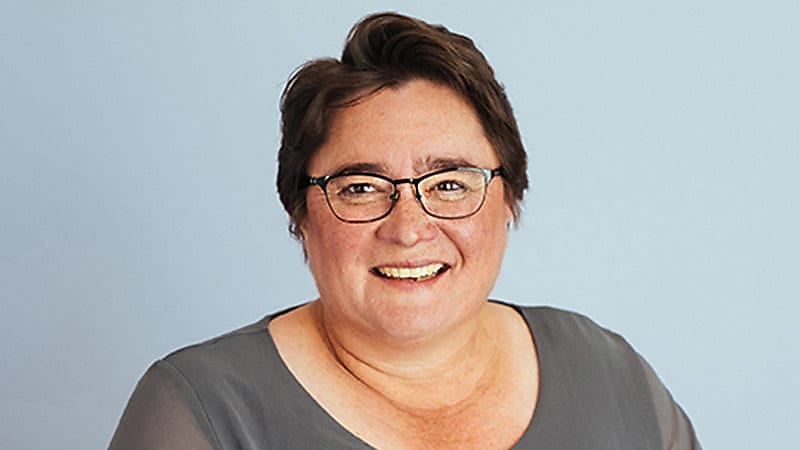Self-scrutiny essential for SMSF sector growth: experts

The SMSF sector needs to self-scrutinise its own investment performance, said some of the industry’s most well-respected experts.
During a thought leadership breakfast which opened the SMSF Association’s National Conference in Brisbane today, four of the sector’s leading voices discussed what the SMSF sector does well and where it needs to “level up”.
The panel, which included the CEO of the SMSF Association Peter Burgess, Heffron’s managing director Meg Heffron, Class CEO Tim Steele, KPMG partner Linda Elkins, and Brighter Super CEO Kate Farrar, said the sector is leading the way in many aspects of superannuation, but noted that it could improve how closely it’s scrutinising its own investment data.
Ms Heffron said the trustees could start to use the "league tables" that industry funds publish to benchmark their performance against other similar funds.
“The mirror is being held up for us,” she said.
“The SMSF Association has done a lot of work in publishing genuine, accurate return data for SMSFs and it makes it much easier for somebody who's got an SMSF to see how their fund is performing against everybody else's.”
Ms Heffron said the sector also faces a unique challenge in closing the barriers that allow “rogue elements” to take money out of superannuation.
“It is easier with an SMSF to take money out of superannuation and there has been a rise of scams and identity fraud which have targeted SMSFs as a vehicle to do so. I think unless the industry steps up and tries to be part of the solution we will end up with some extra regulation,” she said.
“We may see the government look at things like barriers to entry, minimum balance sizes, better education, and tighter controls in what you could do with a super fund - pretty much anything that takes away the legitimate flexibility that a lot of people really value when they set up their SMSF.”
Mr Burgess added the sector does need to be “open-minded” to such interventions, and said the increasing number of disqualified trustees over the past few years indicates there is a legitimate problem.
“The number of disqualified trustees jumped from 252 in 2021-22 to 751 last year and on all accounts is on track to break that record again,” he said.
“The ATO is ramping up on compliance and with people taking money out illegally with the intention of breaking the rules, we need to do more to stop them entering the system to start with. We don’t have the balance right between intervention and integrity right now and we do need to have an open mind about what is sensible and targeted intervention to weed out those who shouldn’t be going into the system and those who are low-risk.”
The sector is leading the way in many other areas, said Mr Steele, highlighting the most recent data from the Class Benchmark report which revealed there is broader confidence and interest in the sector.
“It is continuing to be dominated in establishments by the younger generation and we are seeing a greater majority of Millennials and Gen Xers entering. In the first half of the 2024 financial year it showed that three out of four establishing SMSFs are Gen X or Millennials,” he said.
“The other interesting statistic is that compared to APRA funds where one in two members over 65 were still in accumulation phase, the Class data showed for SMSFs one in eight members over 65 are in the tax-free pension phase.”
Mr Burgess said that a younger demographic is showing more interest in their retirement savings than previous generations, and he believes the SMSF sector has led the way in engaging members in that process.
“SMSFs enable individuals to tailor outcomes to suit their own needs and what that does is foster engagement. We know from the research how important engagement is, the more engaged you are the better outcomes that you will achieve, and what we do well is fostering that engagement,” he said
Ms Heffron said the SMSF sector has always been at the forefront of driving new strategy and new ideas.
“A lot of strategies that started life in SMSFs have now been adopted by the mainstream in public funds,” she said.
“They needed to be born in the SMSF sector first because you need somebody motivated to solve a particular problem where they don't have to weigh up the needs and costs of thousands of other members.”






